Instruments
Instruments

Naghara
Cylindrical double-sided frame drum held under the arm and played with hands rather than sticks. Naghara is typically played at festive celebrations, especially weddings.
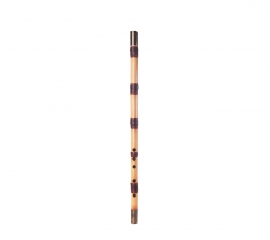
Ney
End-blown flute that figures prominently in Middle Eastern music. The ney has been played continuously for 4,500–5,000 years, making it one of the oldest musical instruments still in use.
The ney consists of a piece of hollow cane or reed with five or six finger holes and one thumb hole. The pitch of the ney varies depending on the region and the finger arrangement.
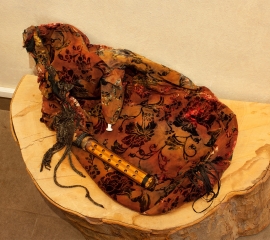
Neyanban
Type of bagpipe which is popular in southern Iran, especially around Bushehr. The term ney-anban literally means "bag pipe",[1] but more specifically can refer to a type of droneless double-chantered bagpipes played in Southern Iran. This is similar to the Bahrainian jirba played by ethnic Iranians in the Persian Gulf islands.
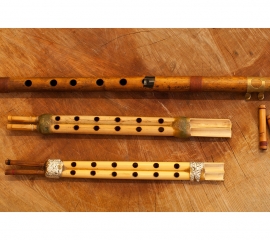
Neyjoti
Double-reed flute.
Ngoni
Bambara name for an ancient traditional lute found throughout West Africa. Though typically a small instrument the ngoni has a big sound and a big place in the history of West African music. Its body is a hollowed-out, canoe-shaped piece of wood with dried animal skin stretched over it like a drum.
Oud
Pear-shaped stringed instrument commonly used in Persian, Arabic, Greek, Turkish, Jewish, Byzantine, Azerbaijani, Armenian, North African (Chaabi, Classical, and Spanish Andalusian), Somali and Middle Eastern music. Construction of the oud is similar to that of the lute.
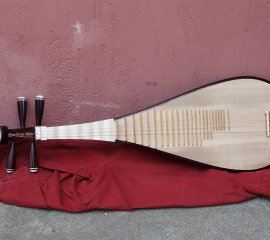
Pipa
Short-necked plucked lute that came to China from Central Asia around the 7th century. It has 4 metal strings and 6 wedge-shaped frets, as well as 26 smaller bamboo frets.
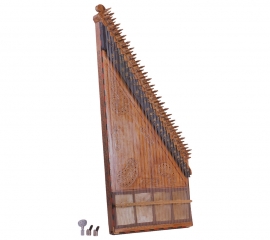
Qanun
String instrument played in much of the Middle East, Central Asia, and southeastern Europe. The name derives from the Arabic word kānun, which means "rule, norm, principle".
Qobyz (Qyl-qobyz)
Two-string bowed lute hollowed out from a whole piece of wood, played by Kazakhs and Karakalpaks. Known among Kyrgyz as kïl-kïyak.
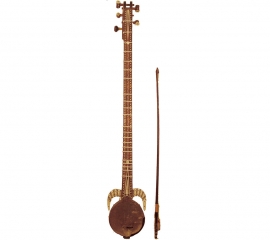
Rawap
Uyghur long-necked lute similar to the rubab, but without sympathetic strings.
